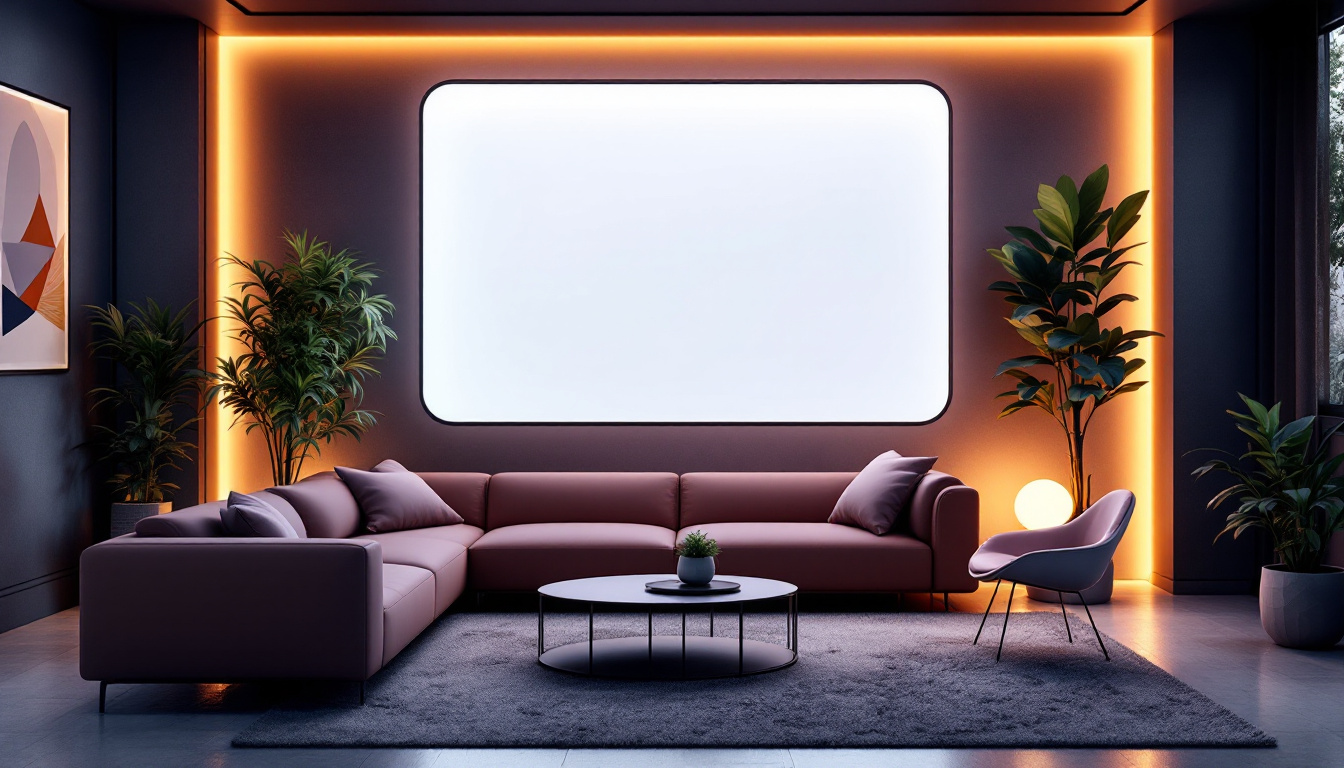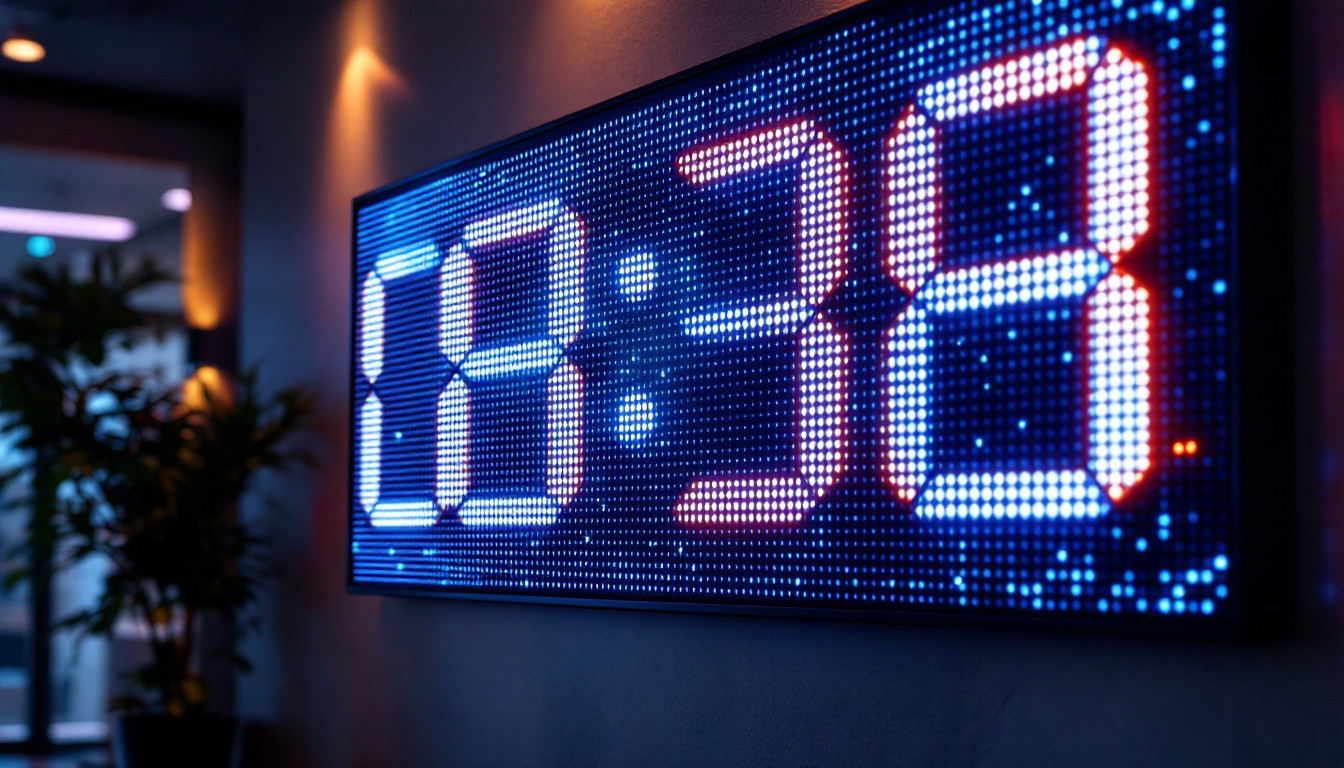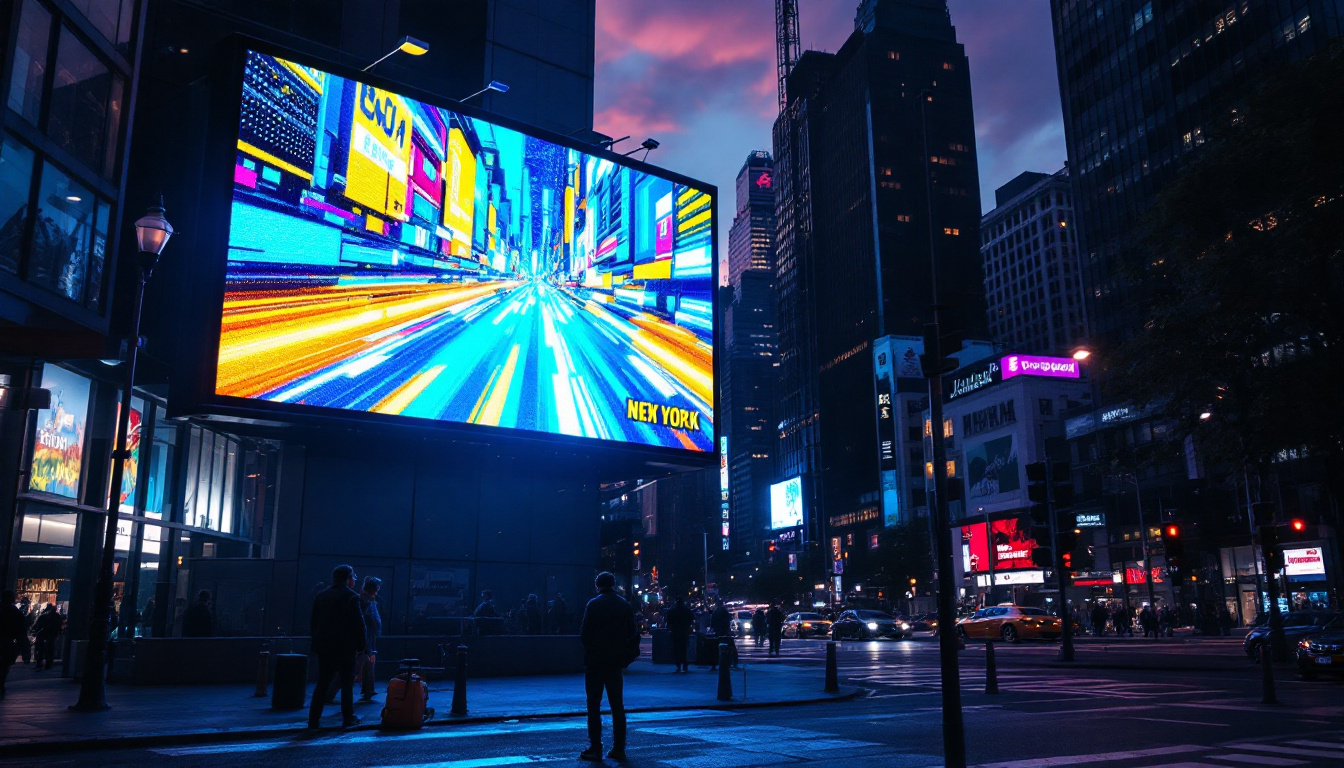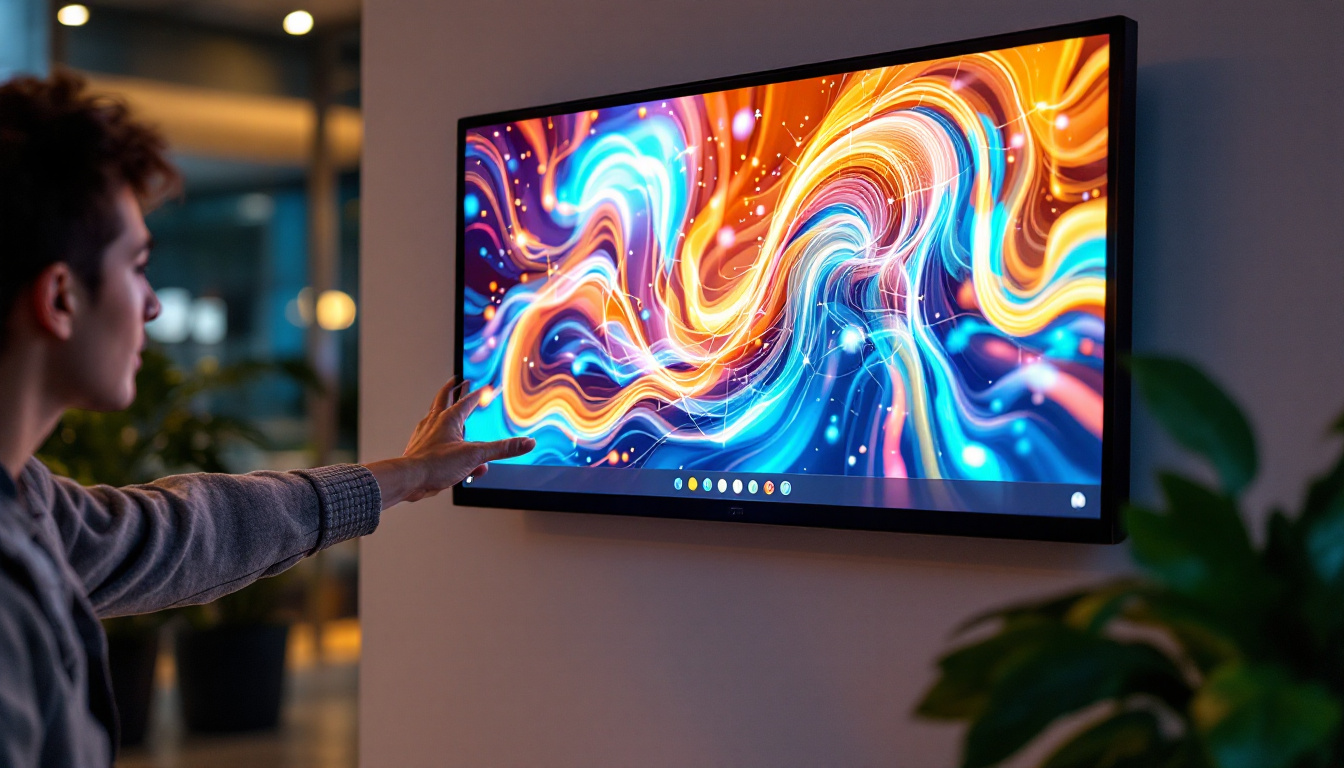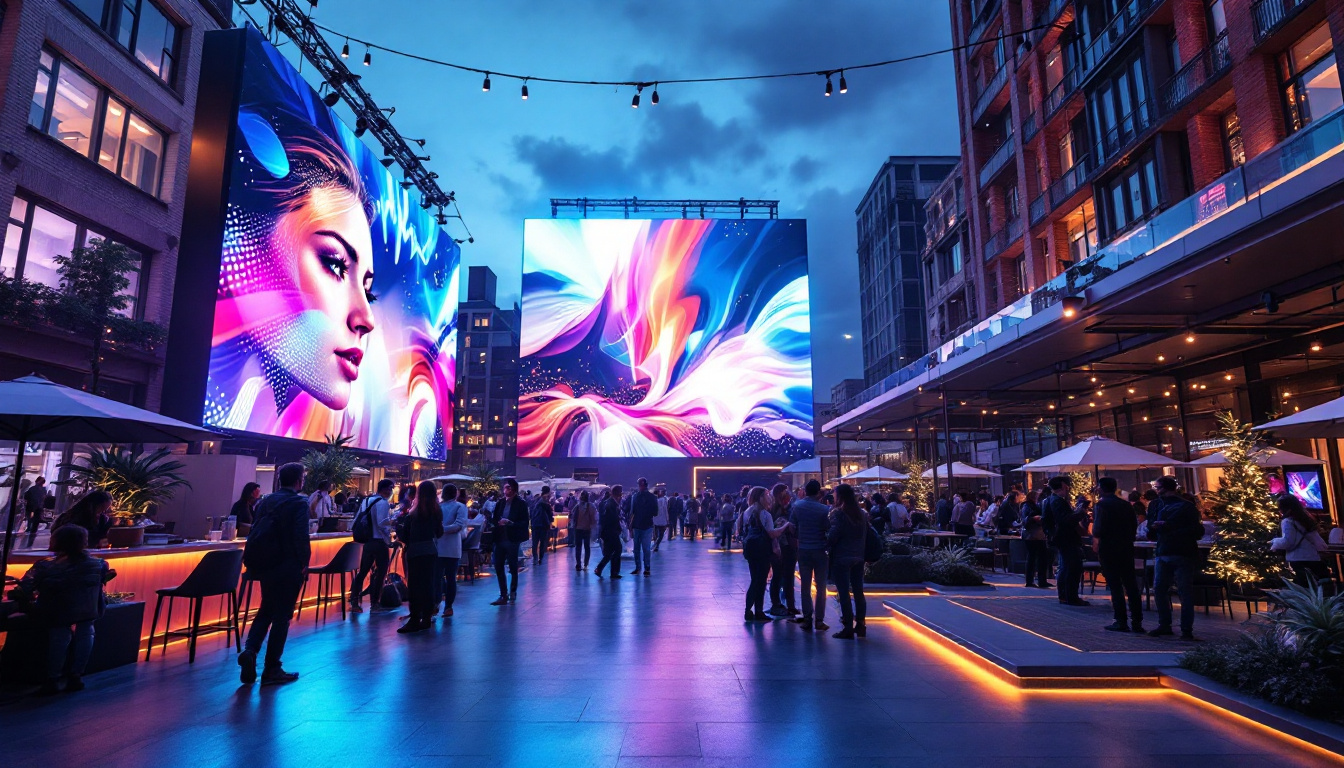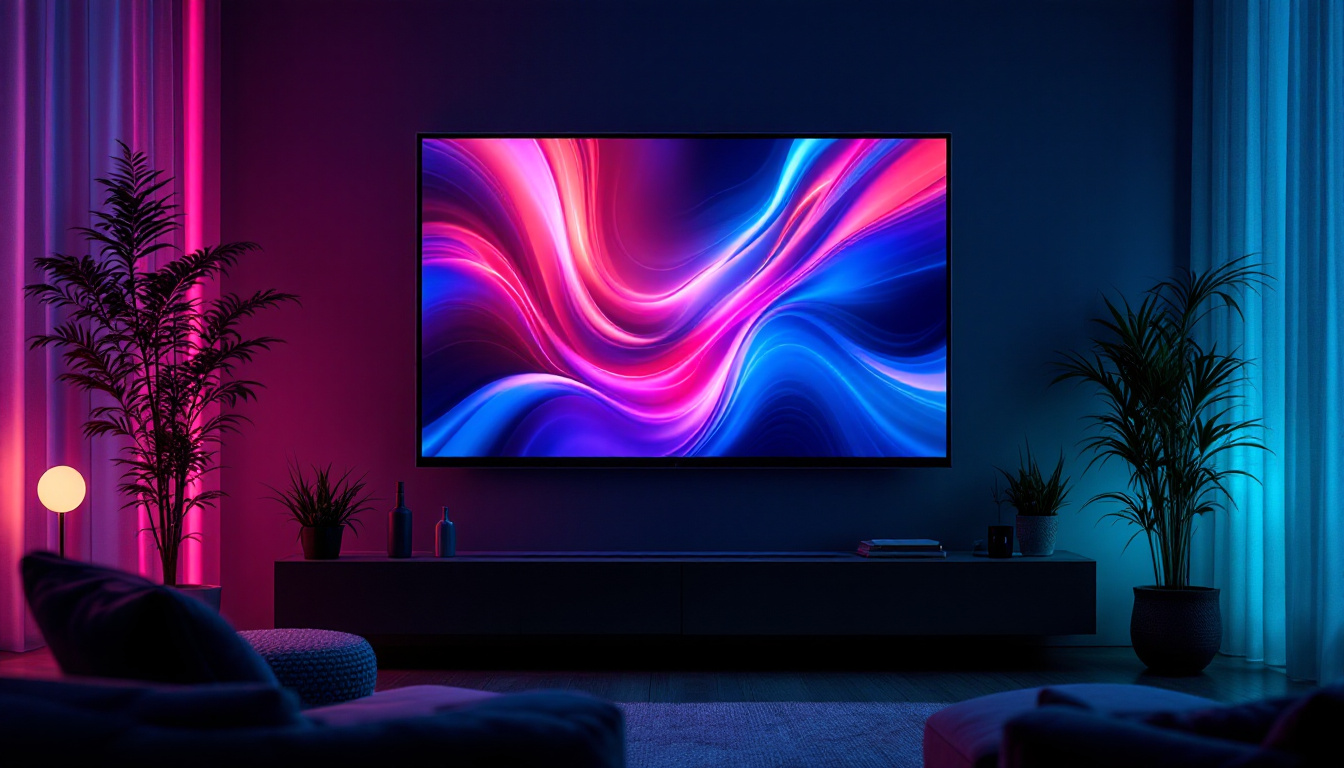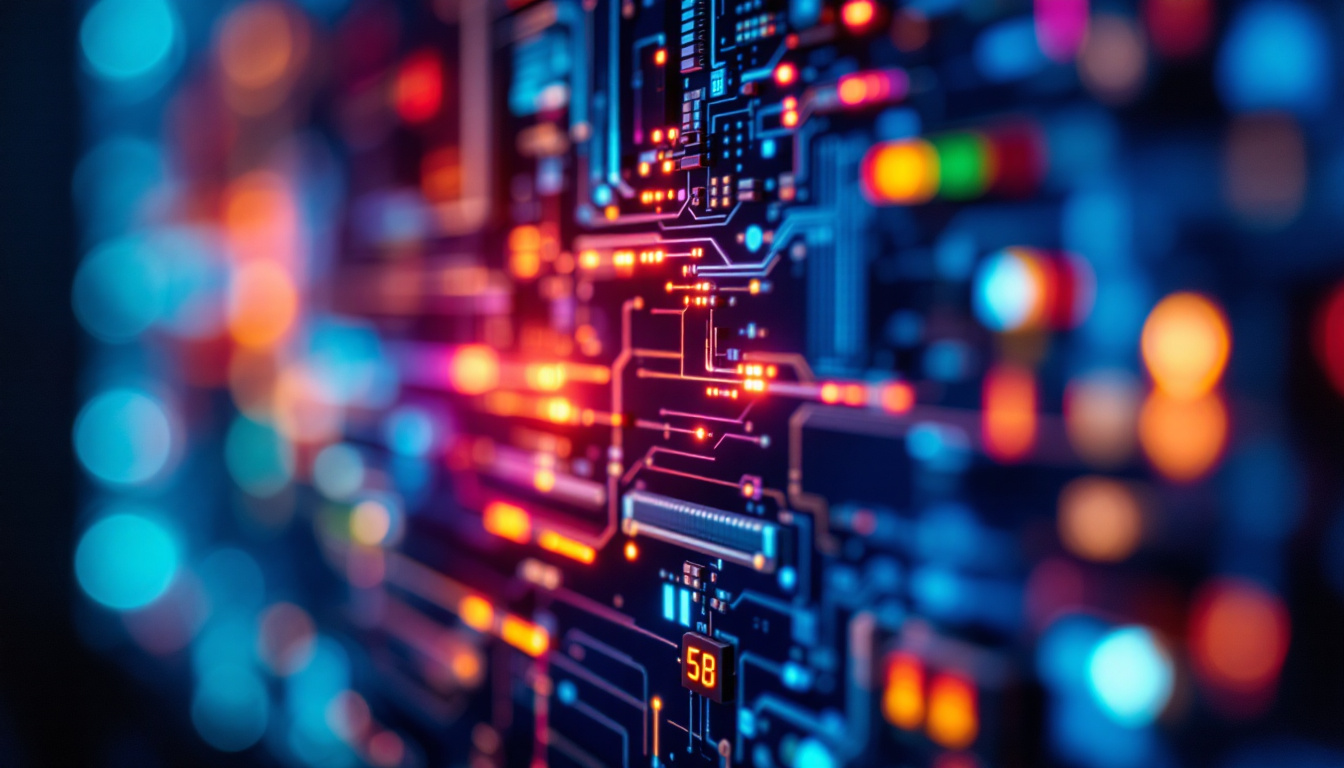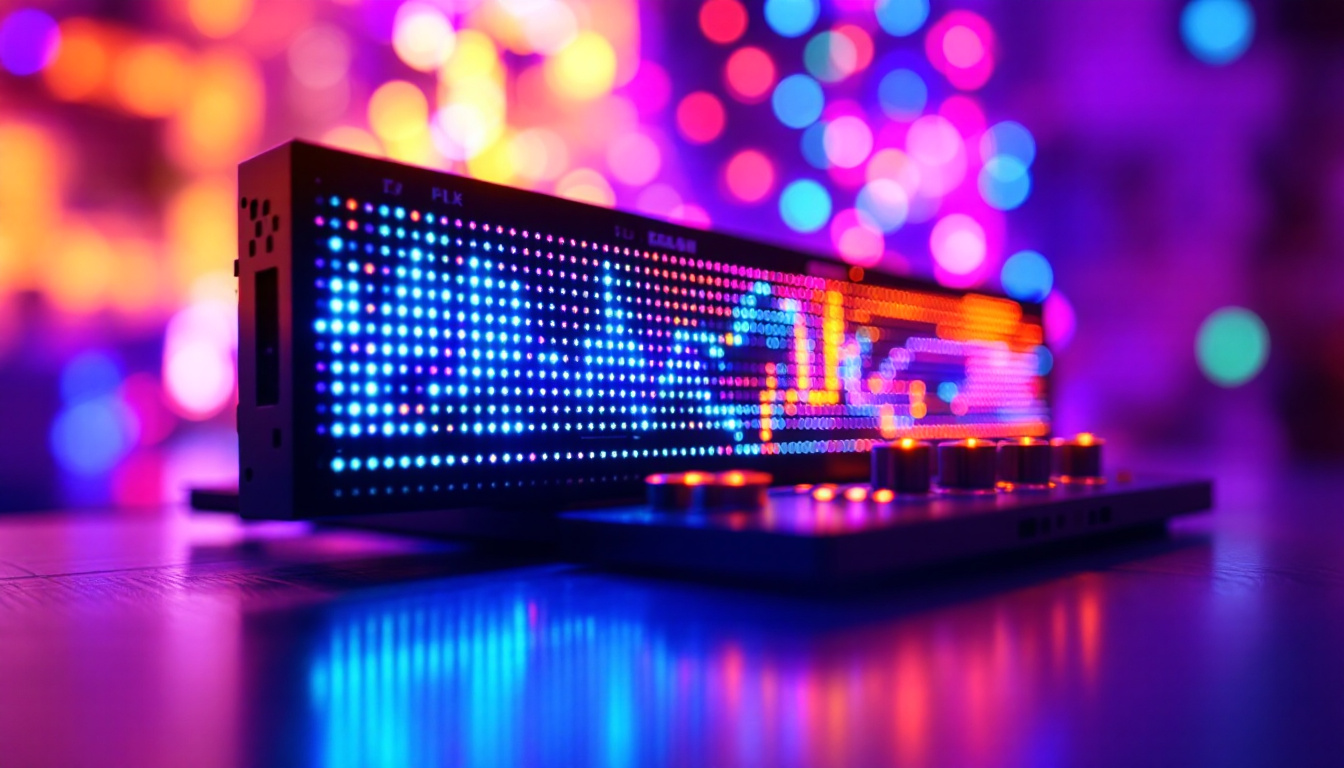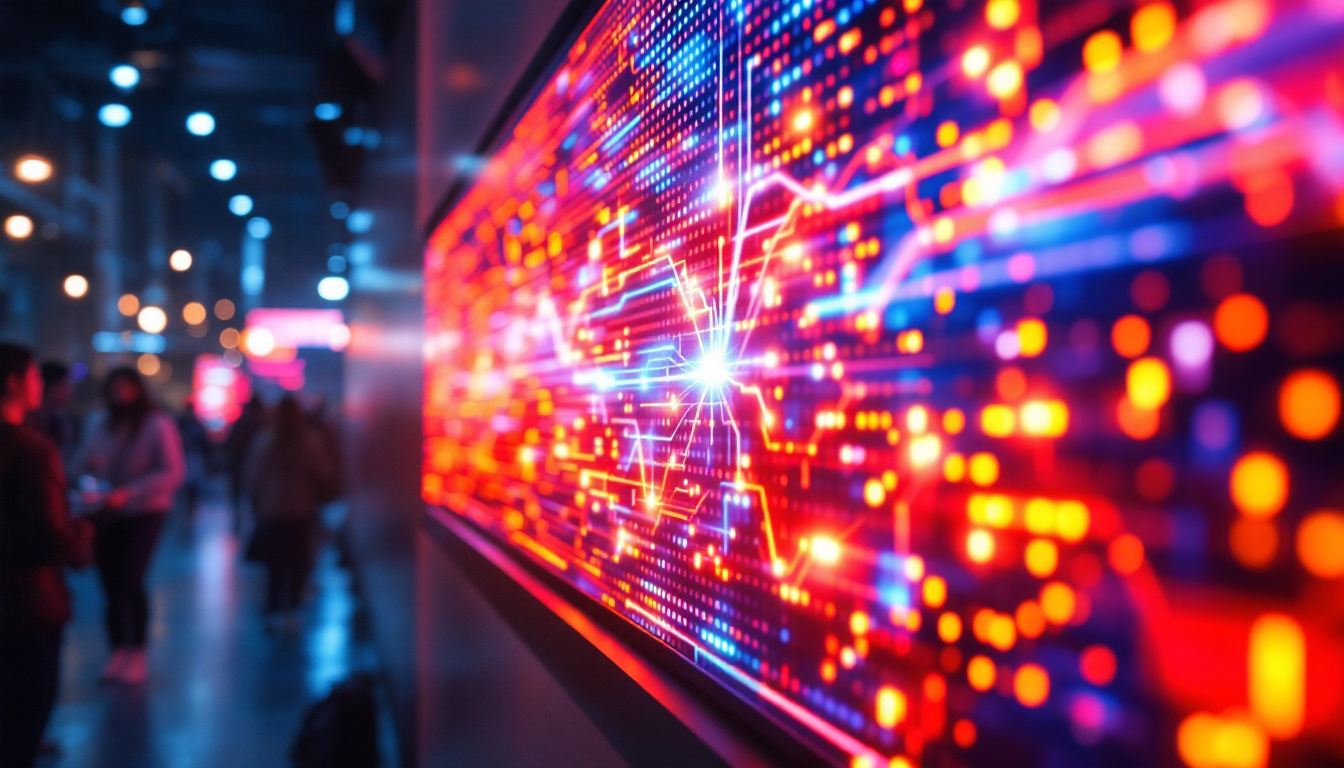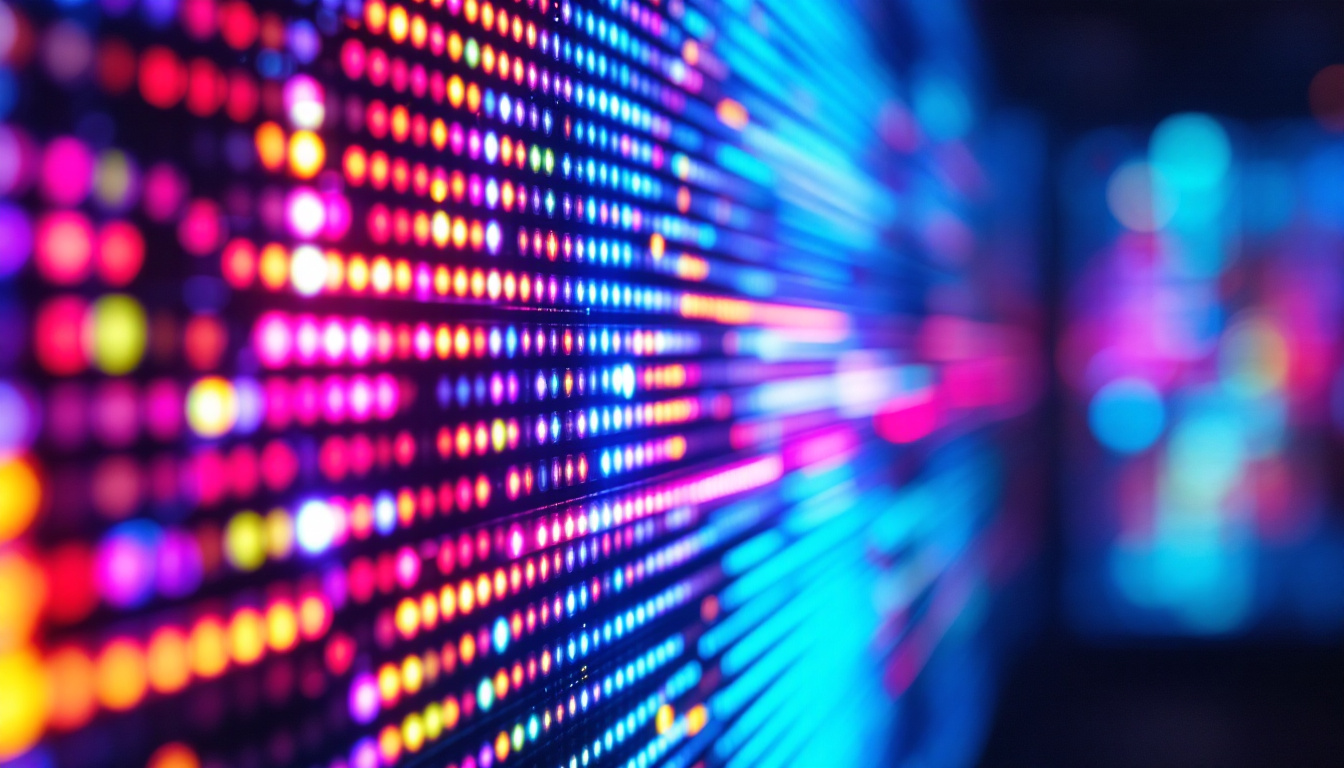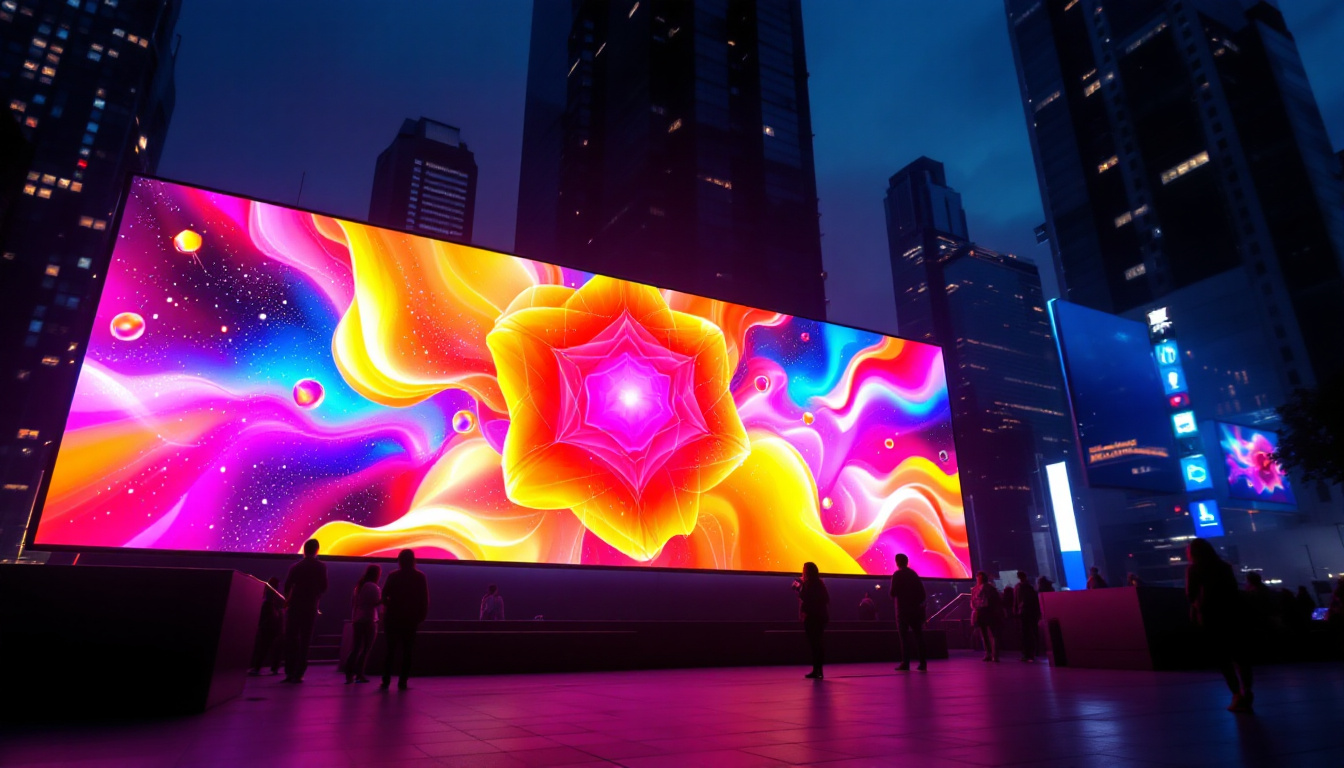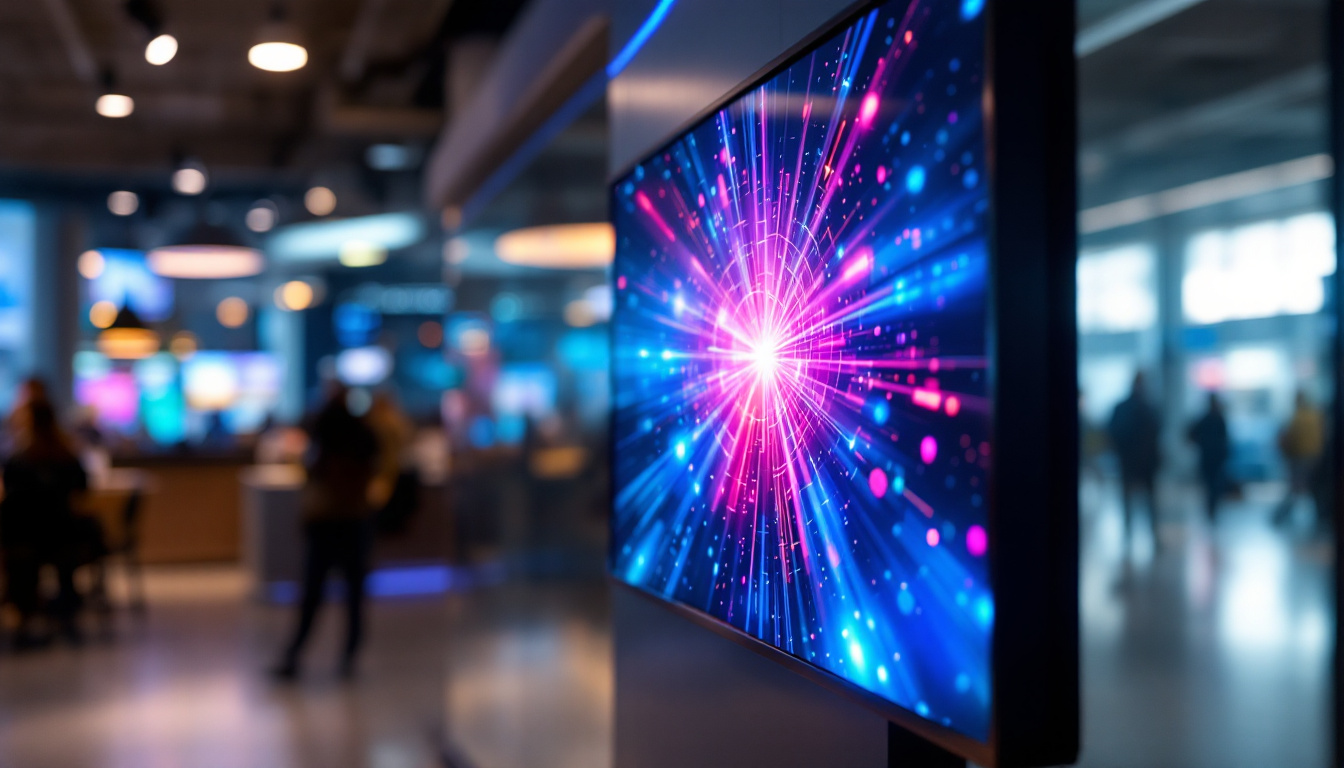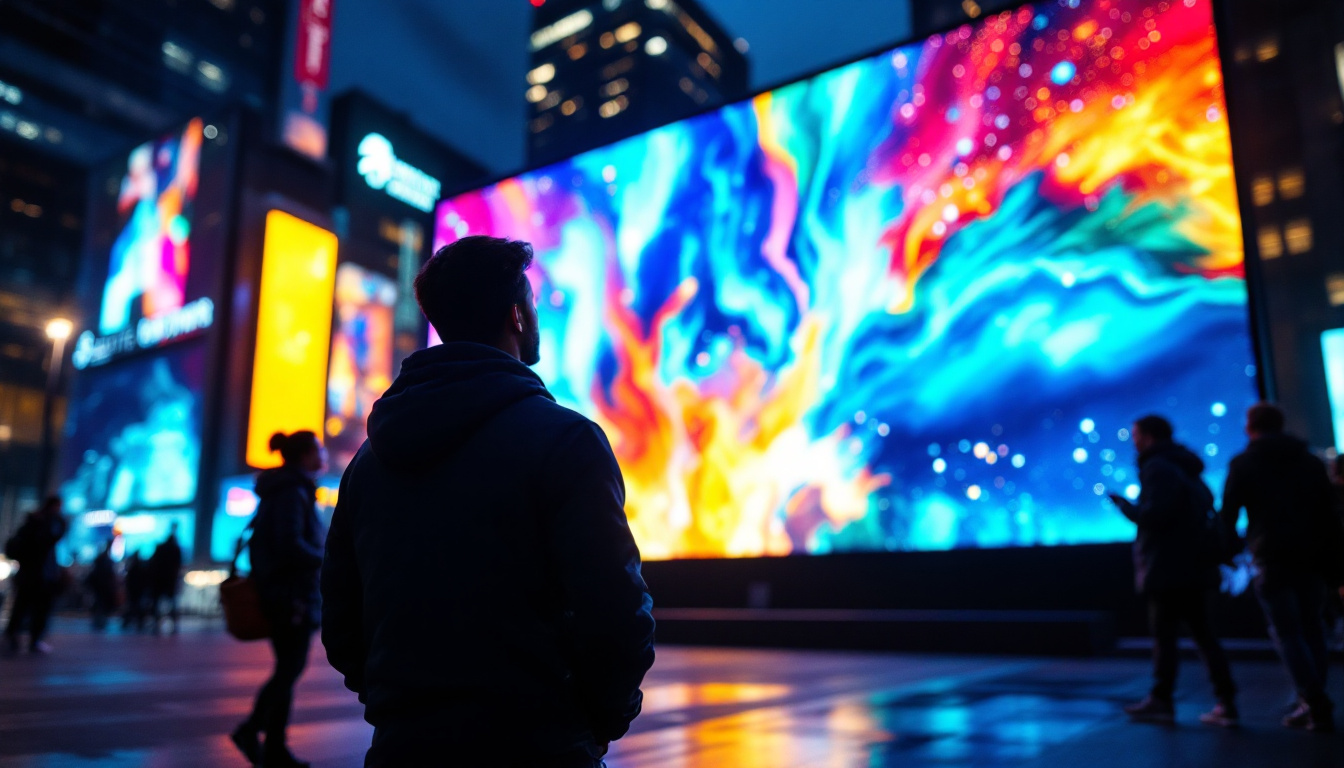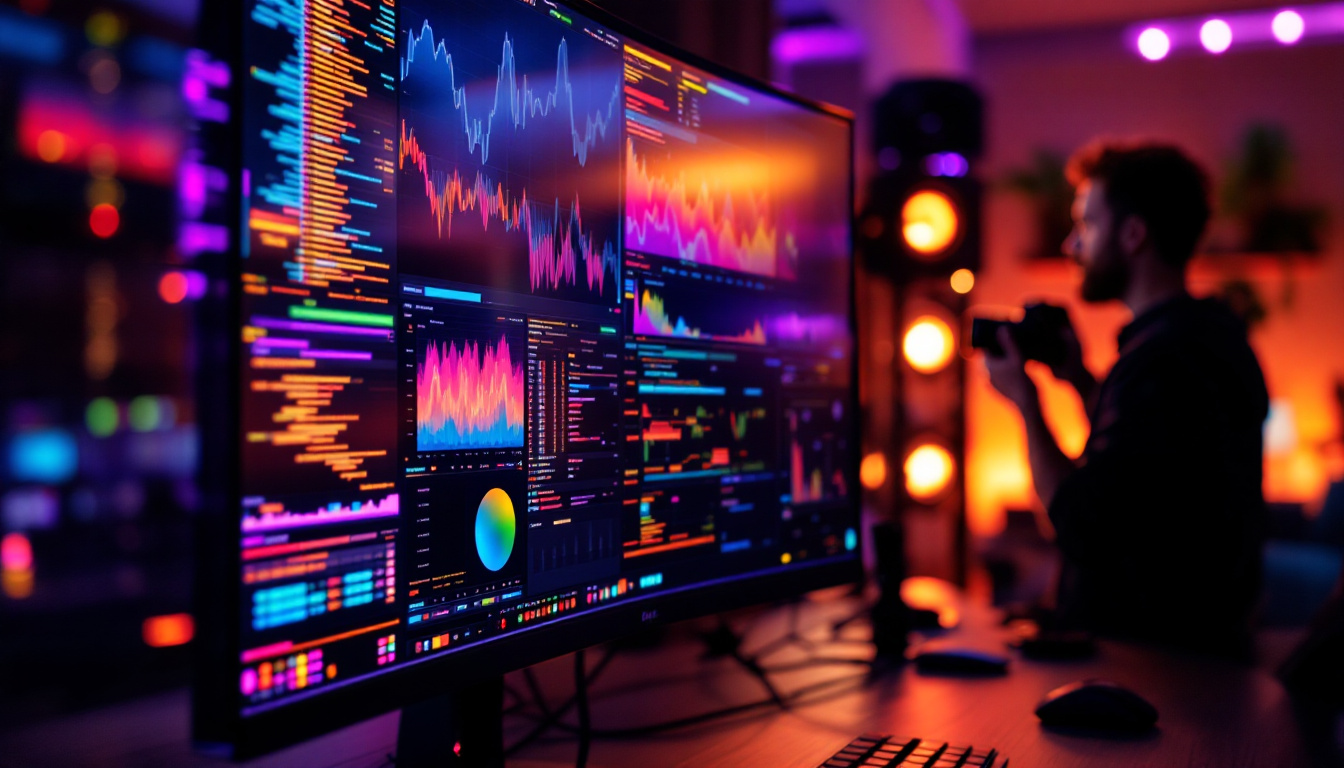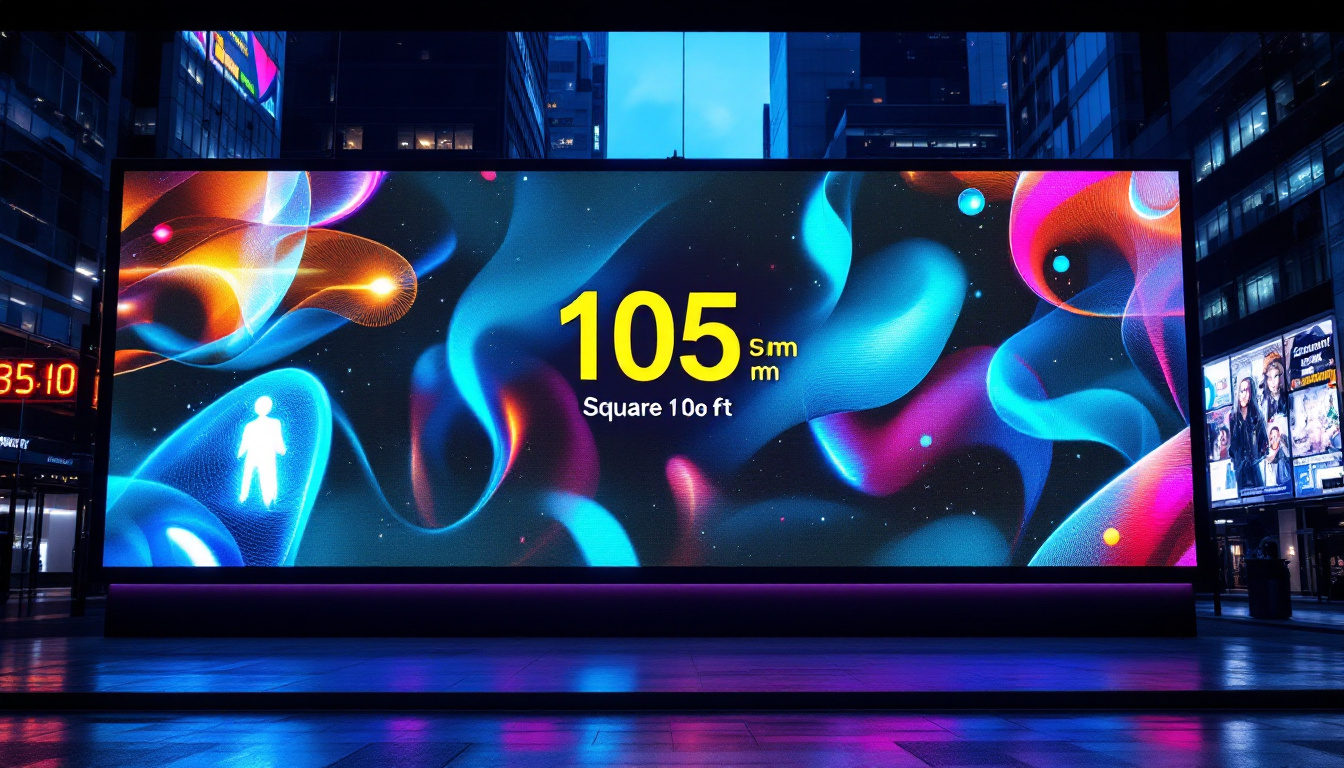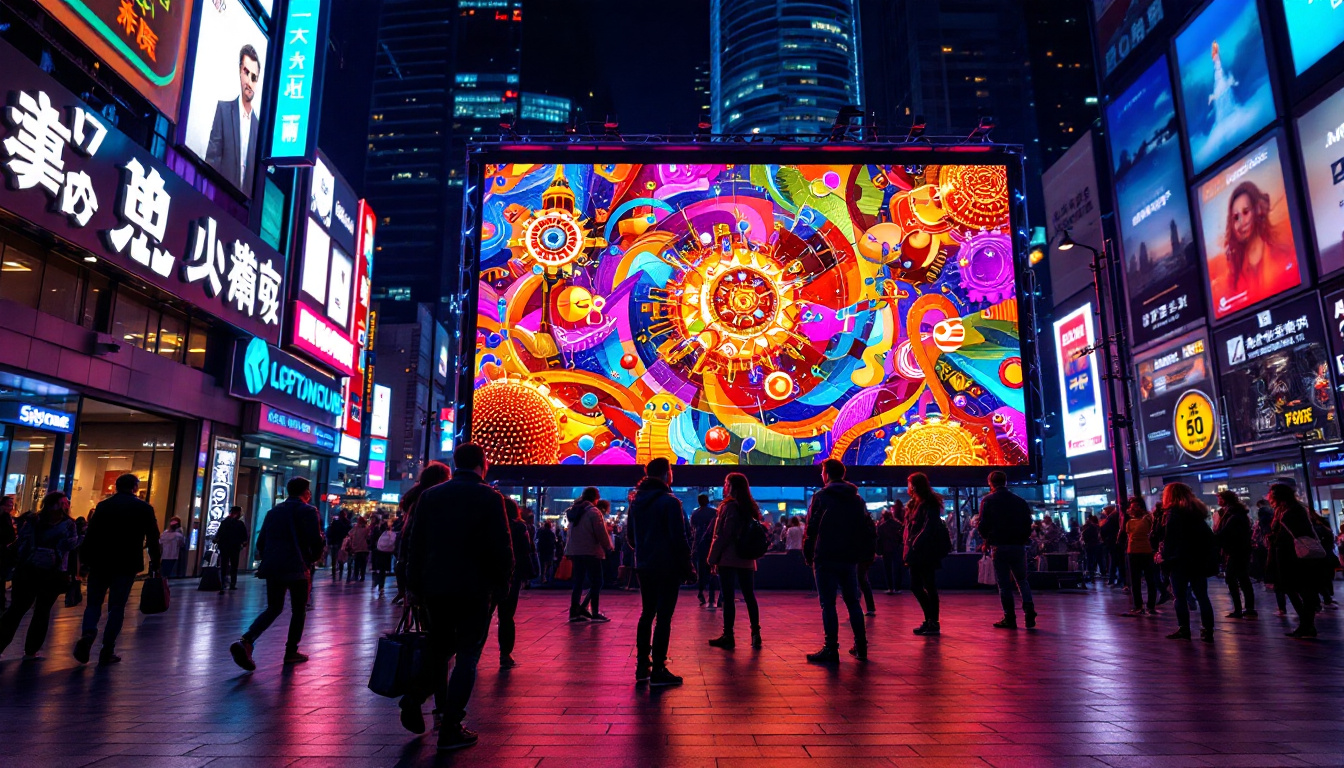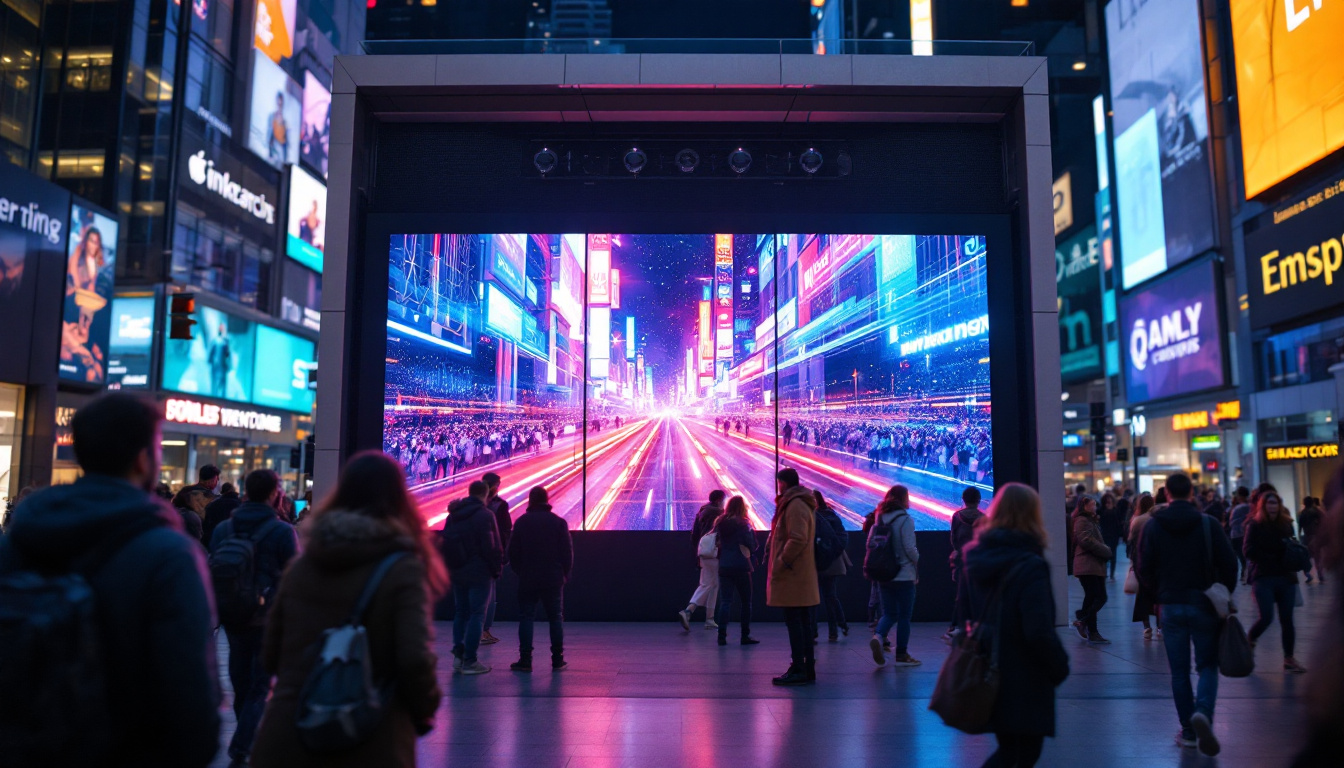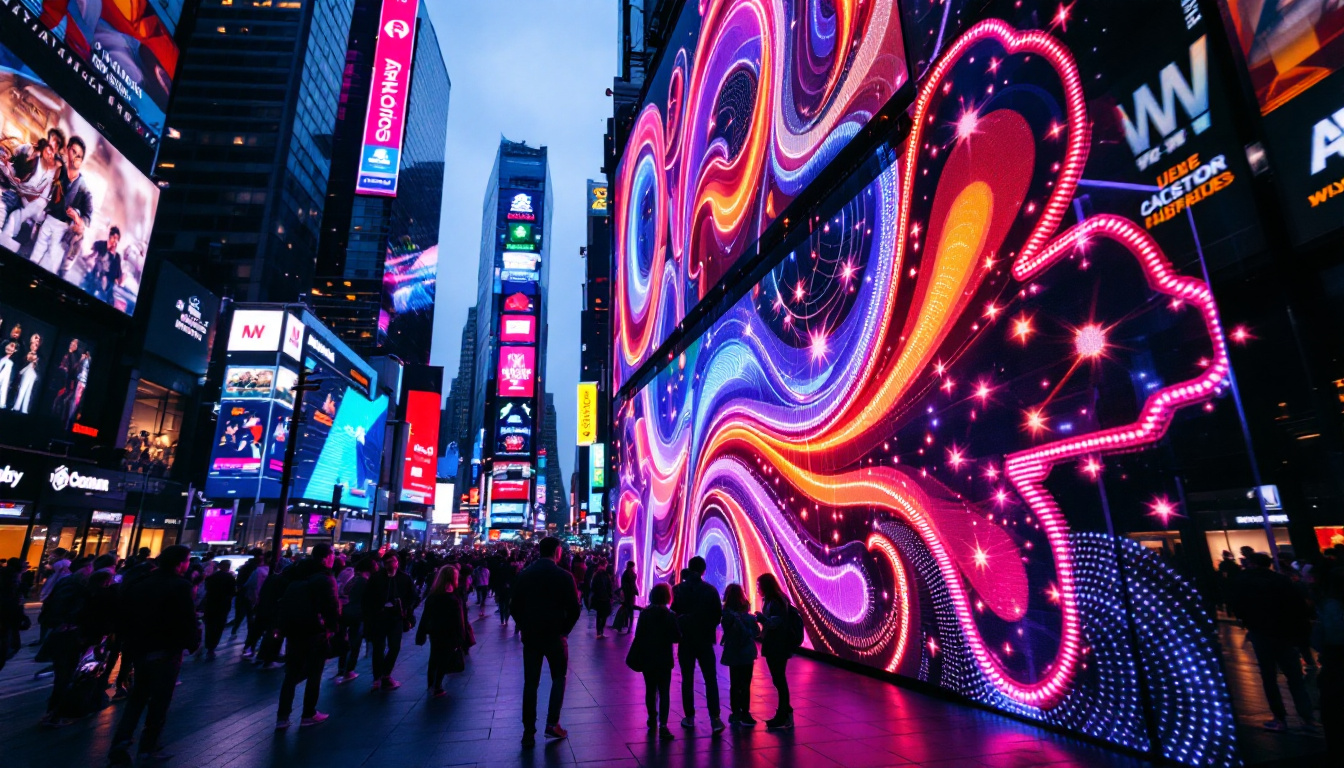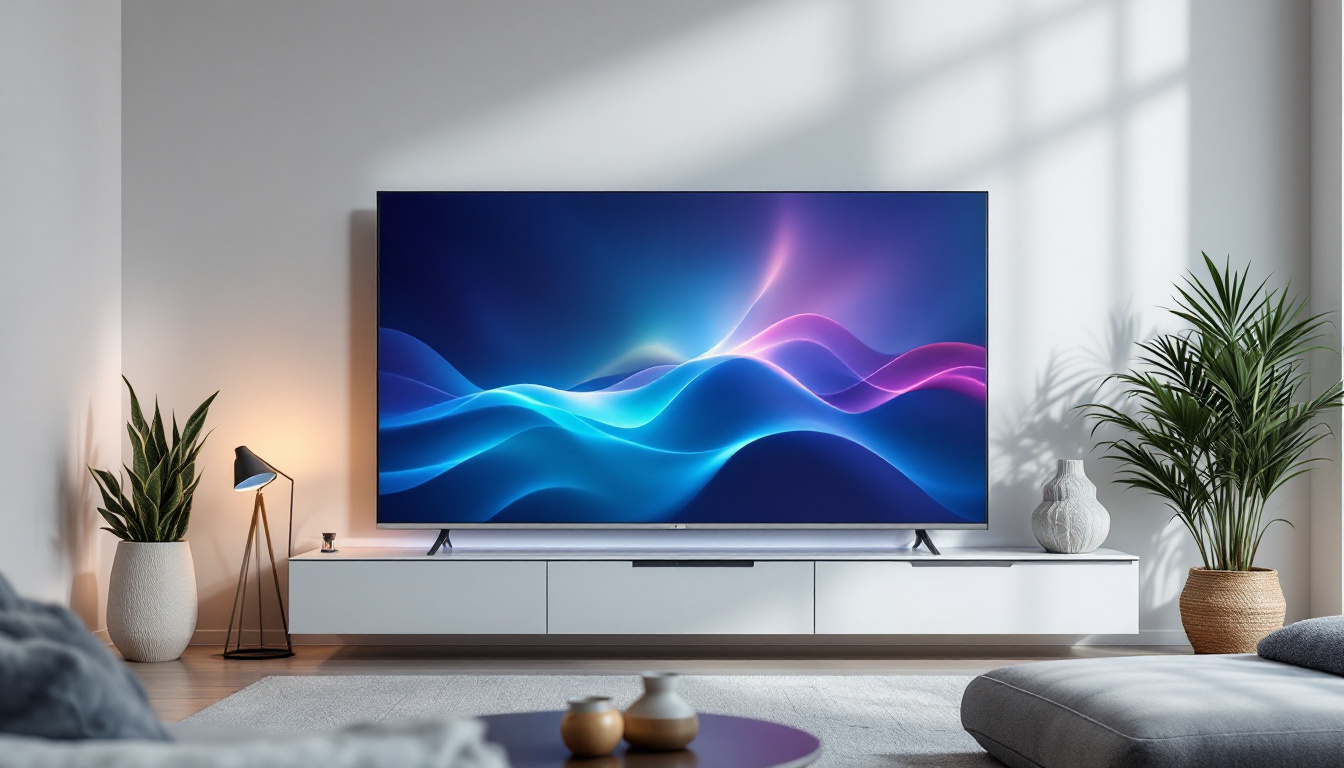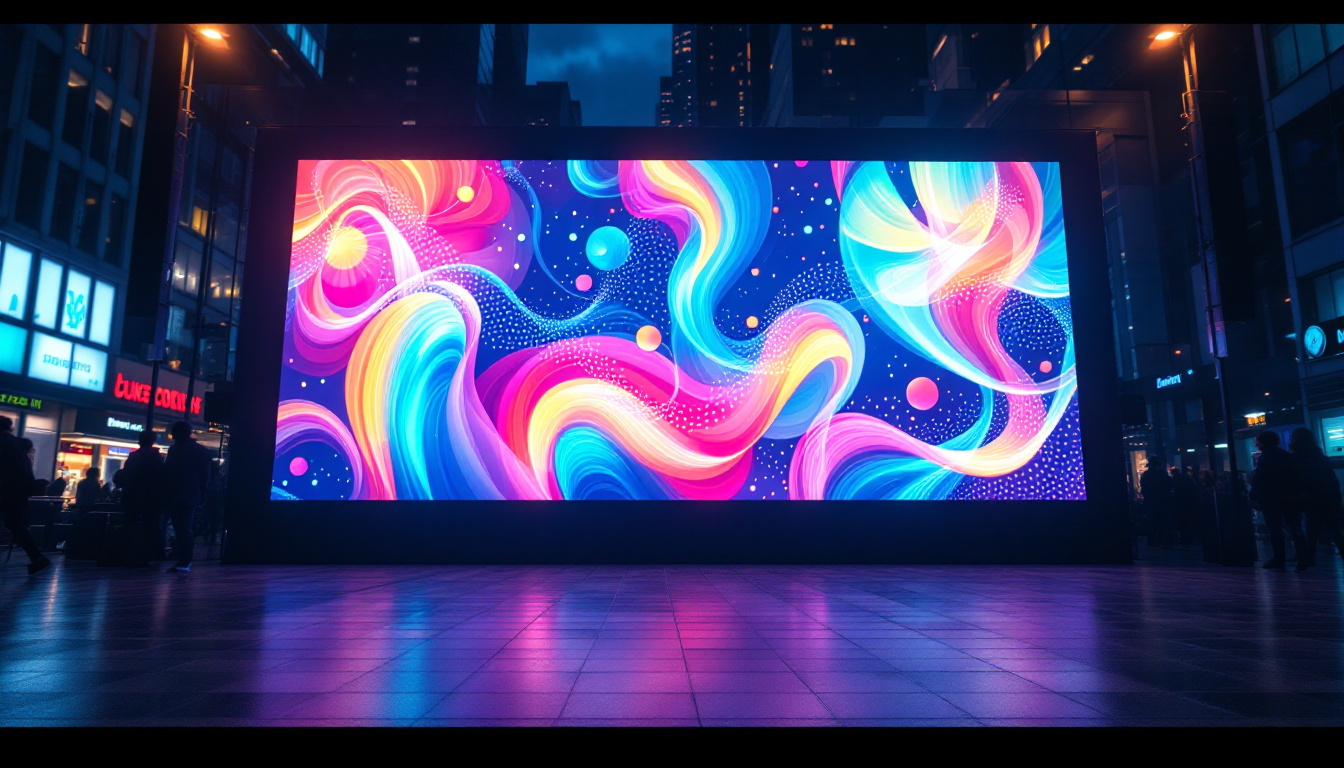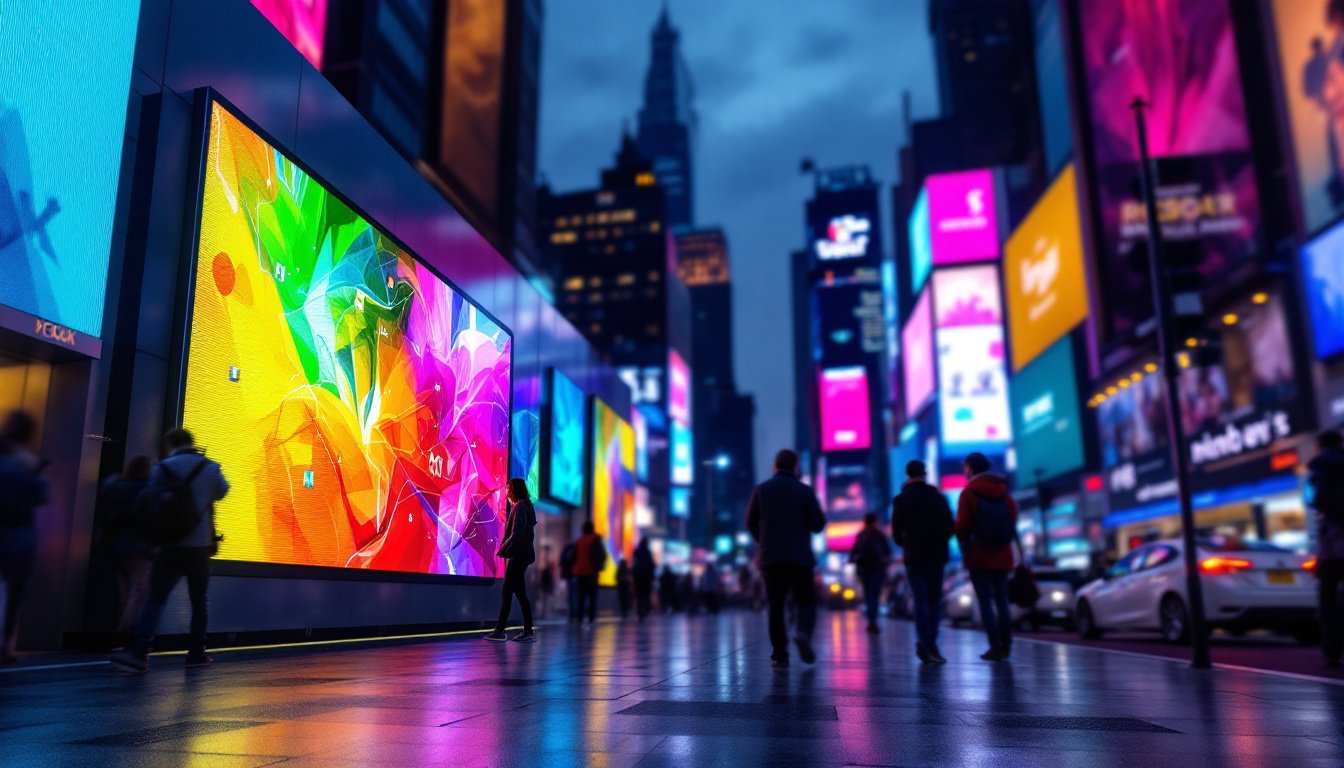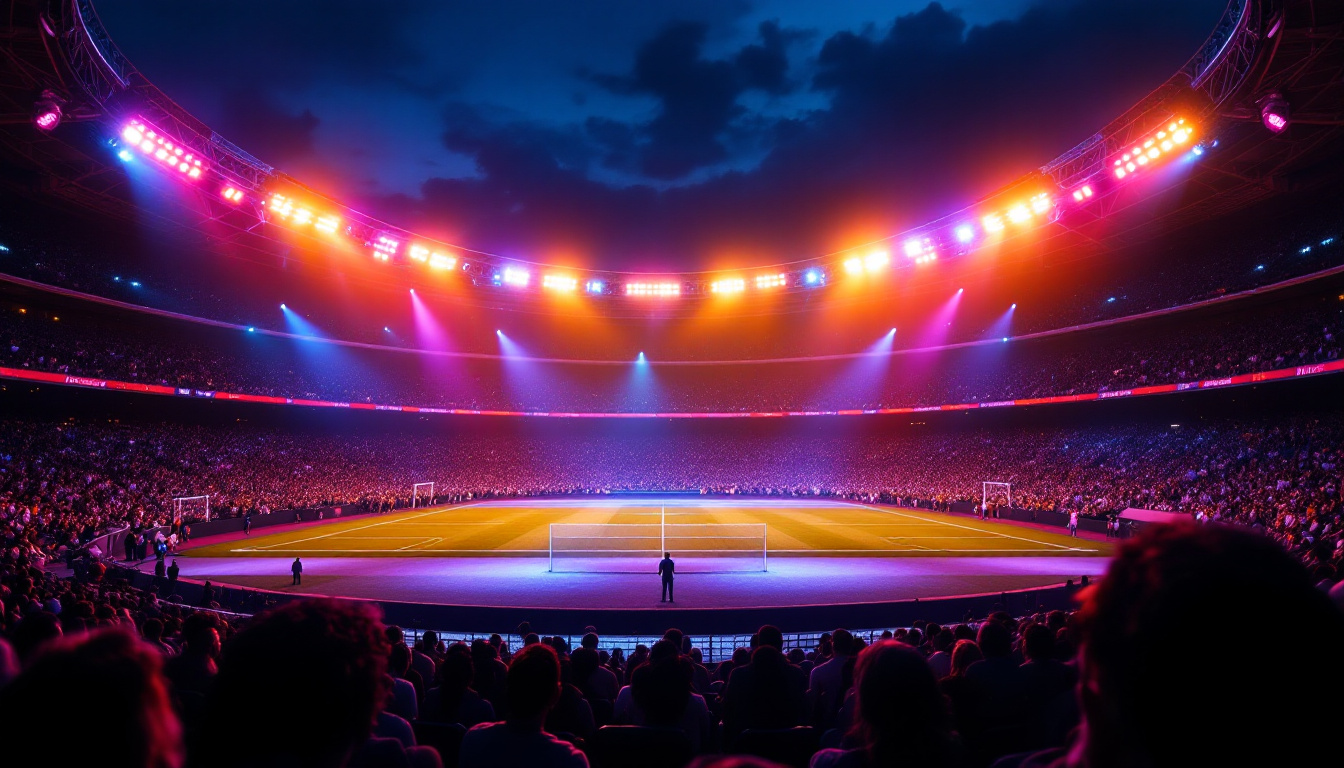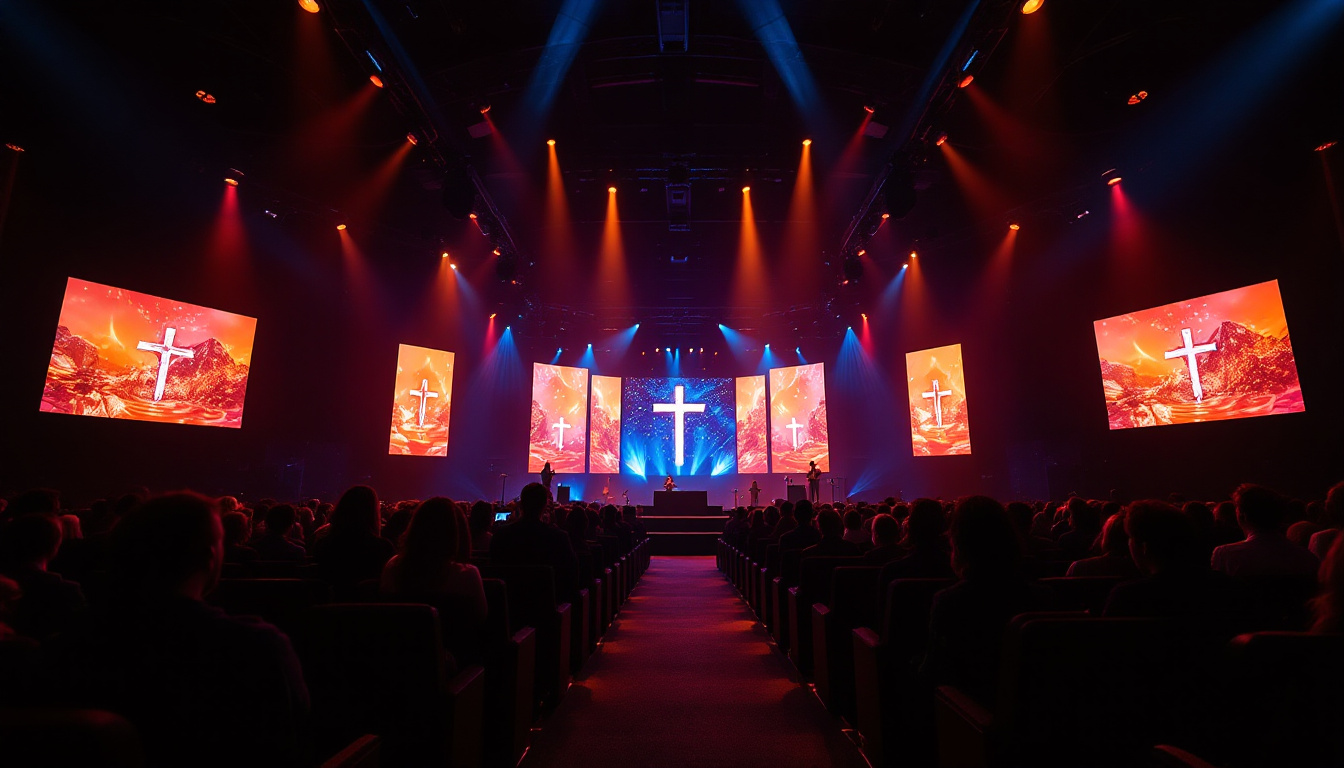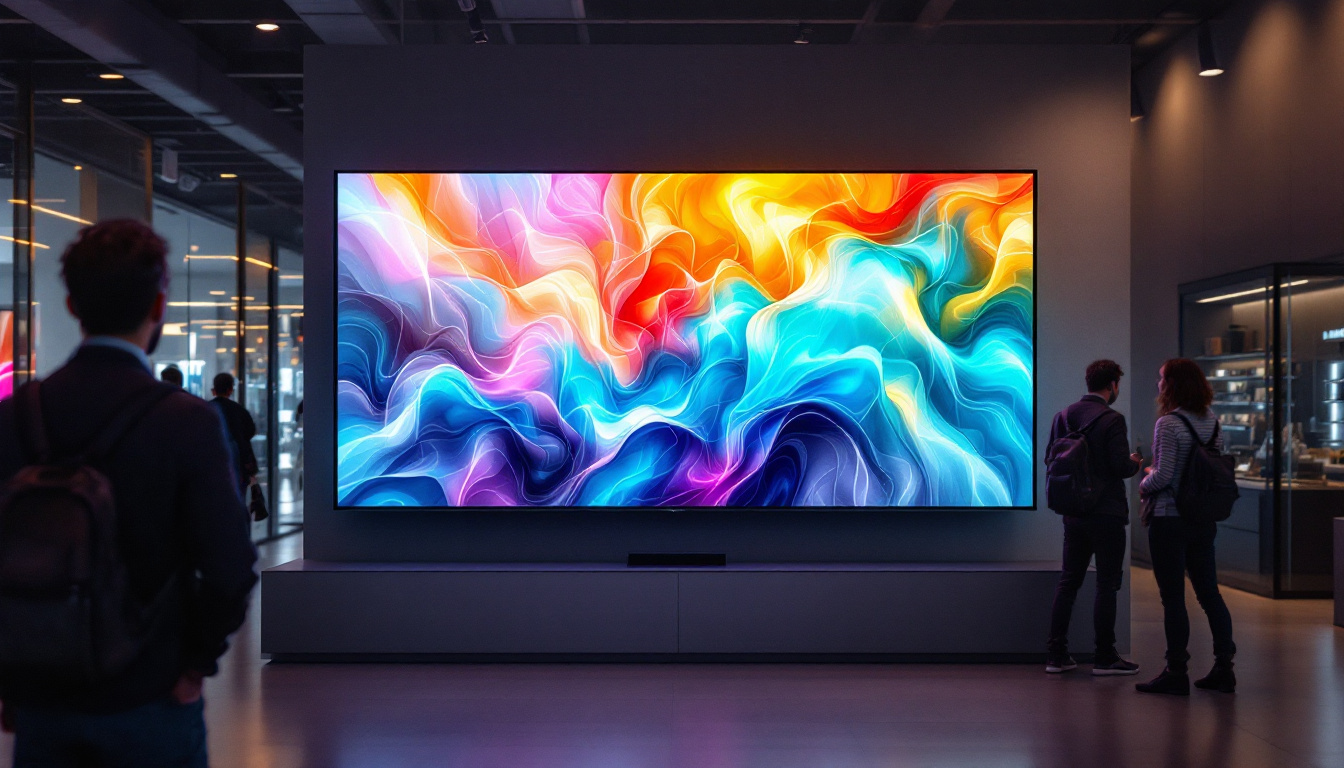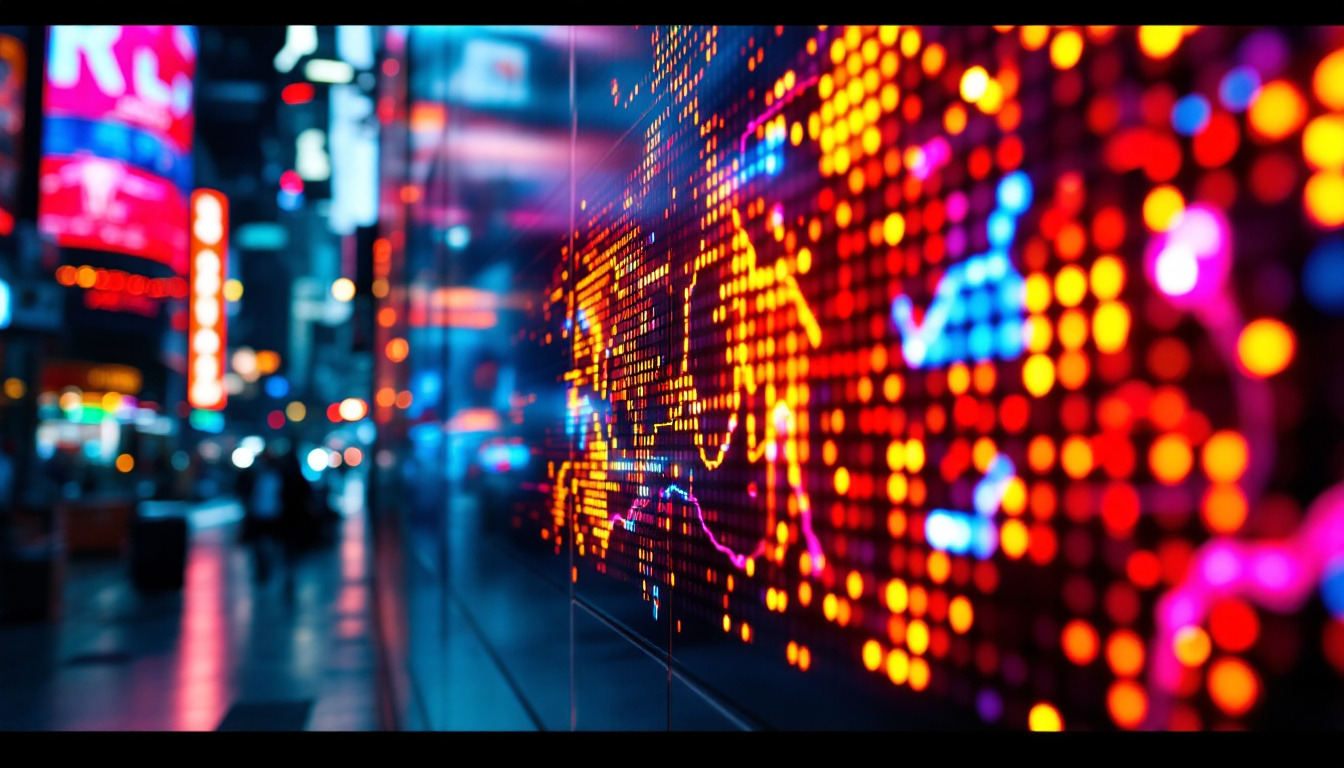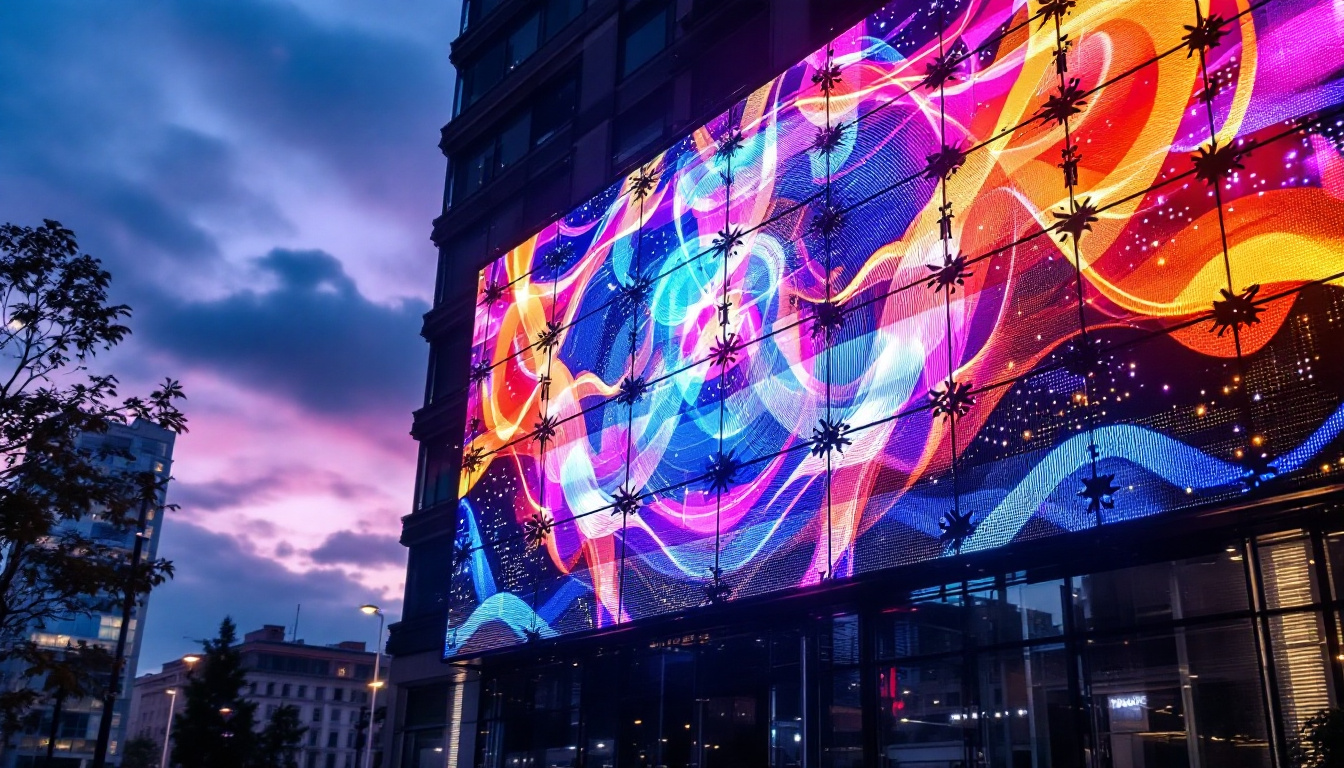In an age where privacy concerns are at the forefront of technological innovation, the integration of privacy screens into indoor environments has gained significant traction. These screens not only serve as a barrier to prying eyes but also enhance the aesthetic appeal of spaces. One of the most effective types of privacy screens currently available is the LED display. This article delves into the various aspects of LED privacy screens, exploring their functionality, benefits, and applications in modern interiors.
Understanding Privacy Screens
Privacy screens are designed to create a sense of seclusion in public or shared spaces. They can be used in various settings, from offices to homes, and are particularly valuable in environments where confidentiality is paramount. The rise of remote work and open office layouts has increased the demand for effective privacy solutions. As organizations adapt to hybrid work models, the need for flexible privacy options has become even more critical, allowing employees to focus on their tasks without distractions or concerns about eavesdropping.
Types of Privacy Screens
There are several types of privacy screens available on the market today. Traditional options include physical barriers made from materials like glass, wood, or fabric. However, the advent of technology has introduced innovative solutions such as LED displays. These modern screens not only serve the functional purpose of privacy but also contribute to the overall design aesthetic of a space, making them a favored choice among interior designers and architects.
LED privacy screens can dynamically change their opacity or display graphics to provide both privacy and visual interest. This versatility makes them a popular choice for modern interiors, where aesthetics and functionality must coexist. Additionally, some screens come equipped with smart technology that allows users to control settings via mobile apps, enabling seamless adjustments to privacy levels based on the time of day or specific needs, thus enhancing user experience.
How LED Displays Work
LED displays function through an array of light-emitting diodes that can produce vibrant images and colors. In the context of privacy screens, these displays can be programmed to show various content, such as patterns, images, or even videos, while also allowing for the adjustment of transparency. This unique feature enables users to maintain privacy without sacrificing the visual appeal of their environment. The technology behind these displays often incorporates sensors that detect ambient light, automatically adjusting brightness and opacity to optimize visibility and privacy.
Moreover, the integration of smart technology into LED privacy screens has opened up new possibilities for customization. Users can create personalized settings that change throughout the day, such as displaying calming nature scenes during work hours and transitioning to more vibrant visuals for social gatherings. This adaptability not only enhances the functionality of the space but also contributes to a more engaging atmosphere, making privacy screens a key element in the design of contemporary workspaces and living areas.
Benefits of LED Privacy Screens
The advantages of integrating LED privacy screens into indoor spaces are manifold. From enhancing privacy to improving the overall atmosphere, these screens offer a range of benefits that make them an attractive option for both residential and commercial applications.
Enhanced Privacy
The primary function of a privacy screen is to provide a sense of security and confidentiality. LED displays can create an effective barrier against unwanted observation. By adjusting the opacity or displaying engaging visuals, they allow users to maintain their privacy without feeling enclosed or isolated. This feature is particularly beneficial in open-plan offices, where employees often seek a quiet space to focus without distractions. The ability to switch between transparency and opacity can also serve to foster collaboration when needed, allowing teams to come together for brainstorming sessions while still having the option to retreat into a more private setting when required.
Dynamic Aesthetics
One of the most compelling features of LED privacy screens is their ability to enhance the aesthetic quality of a space. Unlike traditional screens that may appear bulky or unattractive, LED displays can be designed to fit seamlessly into the overall decor. They can showcase artwork, branding, or even calming visuals, transforming an ordinary room into an extraordinary environment. The use of vibrant colors and dynamic animations can invigorate a dull space, making it more inviting and engaging for both employees and visitors. Additionally, the ability to change the displayed content according to seasons or events allows for a fresh ambiance, ensuring that the environment remains lively and relevant throughout the year.
Versatility and Customization
LED privacy screens are incredibly versatile. They can be customized to fit various sizes, shapes, and functionalities, making them suitable for a wide range of applications. Whether used in conference rooms, waiting areas, or residential spaces, these screens can be tailored to meet specific needs. Furthermore, the ability to change visuals or adjust transparency allows for a dynamic experience that can evolve with the user’s requirements. For instance, in a restaurant setting, the screens can display the menu during dining hours and switch to a more private setting for events or private parties. This adaptability not only maximizes the utility of the space but also enhances the overall customer experience, making it memorable and unique.
Applications of LED Privacy Screens
LED privacy screens are being utilized in various sectors, each benefiting from their unique capabilities. From corporate environments to healthcare facilities, the applications are diverse and impactful.
Corporate Environments
In corporate settings, maintaining confidentiality is crucial. LED privacy screens can be employed in meeting rooms to prevent sensitive information from being viewed by unauthorized personnel. Additionally, they can serve as branding tools, displaying company logos or mission statements while providing privacy.
Moreover, these screens can be used in open office layouts to create temporary meeting spaces, allowing teams to collaborate without distractions. The flexibility of LED displays makes them an ideal choice for dynamic work environments.
Healthcare Facilities
In healthcare settings, privacy is paramount. LED privacy screens can be utilized in patient rooms or waiting areas to ensure confidentiality and comfort. By displaying soothing images or calming colors, these screens can also contribute to a more pleasant environment for patients and visitors alike.
Furthermore, the ability to adjust transparency can help healthcare professionals maintain privacy while still allowing for visibility when necessary. This feature is particularly beneficial in shared spaces where multiple patients may be present.
Residential Spaces
In residential settings, LED privacy screens can be employed in various ways. They can serve as room dividers, providing privacy in open-concept homes while also adding a modern touch to the decor. Homeowners can customize the visuals displayed on the screens to reflect their personal style, making them a unique addition to any living space.
Additionally, these screens can be used in outdoor areas, such as patios or balconies, to create private enclaves for relaxation or entertainment. The versatility of LED displays allows homeowners to adapt their spaces to suit different occasions and moods.
Installation and Maintenance
While the benefits of LED privacy screens are clear, potential users should also consider the installation and maintenance aspects. Understanding these elements can help ensure a smooth integration into any environment.
Installation Process
Installing LED privacy screens typically involves several steps, including assessing the space, selecting the appropriate size and type of screen, and ensuring proper electrical connections. Professional installation is often recommended to ensure that the screens are securely mounted and function correctly.
Incorporating LED displays into existing spaces may require some modifications, such as adjusting lighting or wall structures. However, the end result is often worth the effort, as these screens can significantly enhance the functionality and aesthetics of a room.
Maintenance Requirements
Maintaining LED privacy screens is relatively straightforward. Regular cleaning is essential to keep the display clear and vibrant. Most screens can be wiped down with a soft cloth and mild cleaning solution to remove dust and smudges.
Additionally, users should be aware of the software that controls the display. Regular updates may be necessary to ensure optimal performance and access to new features. Consulting with the manufacturer or a professional technician can help users stay informed about maintenance requirements.
Future Trends in LED Privacy Screens
The technology behind LED privacy screens is continually evolving, and several trends are emerging that may shape their future applications. As innovation continues, users can expect even more advanced features and functionalities.
Integration with Smart Technology
One of the most exciting trends in LED privacy screens is their integration with smart technology. As homes and offices become increasingly automated, the ability to control privacy screens through smart devices will become more common. Users may soon be able to adjust opacity, change visuals, or even schedule when screens should activate, all from their smartphones or tablets.
Environmental Considerations
As sustainability becomes a priority for many consumers, manufacturers are focusing on creating eco-friendly LED displays. This includes using energy-efficient components and materials that minimize environmental impact. The future of LED privacy screens may see a shift towards greener technologies, appealing to environmentally conscious consumers.
Enhanced Interactivity
Future LED privacy screens may also incorporate more interactive features. Touch-sensitive displays or screens that respond to voice commands could allow users to engage with the content in new ways. This level of interactivity could enhance user experience and further blur the lines between privacy and public display.
Conclusion
LED privacy screens represent a significant advancement in the quest for privacy in indoor environments. Their ability to provide confidentiality while enhancing aesthetics makes them a valuable addition to both residential and commercial spaces. As technology continues to evolve, the potential applications and benefits of these screens are likely to expand, offering even more innovative solutions to meet the demands of modern living.
Investing in LED privacy screens not only addresses privacy concerns but also enhances the overall atmosphere of a space. With their dynamic capabilities and customizable features, these screens are poised to become a staple in the design of future indoor environments.
Discover the Future of Privacy and Aesthetics with LumenMatrix
Ready to redefine the privacy and visual appeal of your indoor spaces? LumenMatrix is at the forefront of LED display innovation, offering a wide array of solutions tailored to your unique needs. From captivating Indoor LED Wall Displays to transformative LED Transparent Displays, our technology is designed to elevate your environment and communicate your brand’s message with unparalleled impact. Don’t miss the opportunity to enhance your space with cutting-edge LED display modules. Check out LumenMatrix LED Display Solutions today and step into the future of sophisticated, privacy-centric design.

